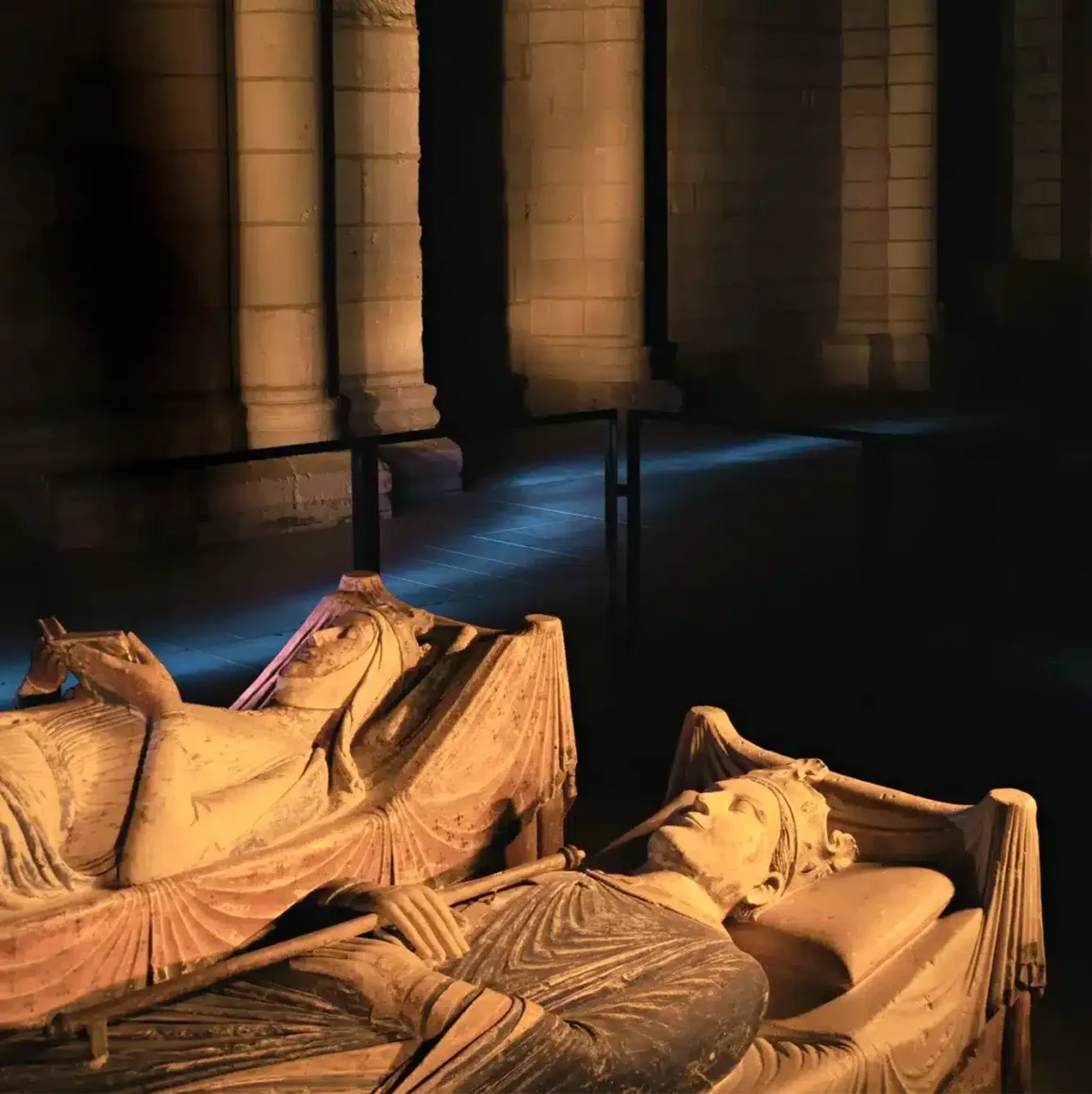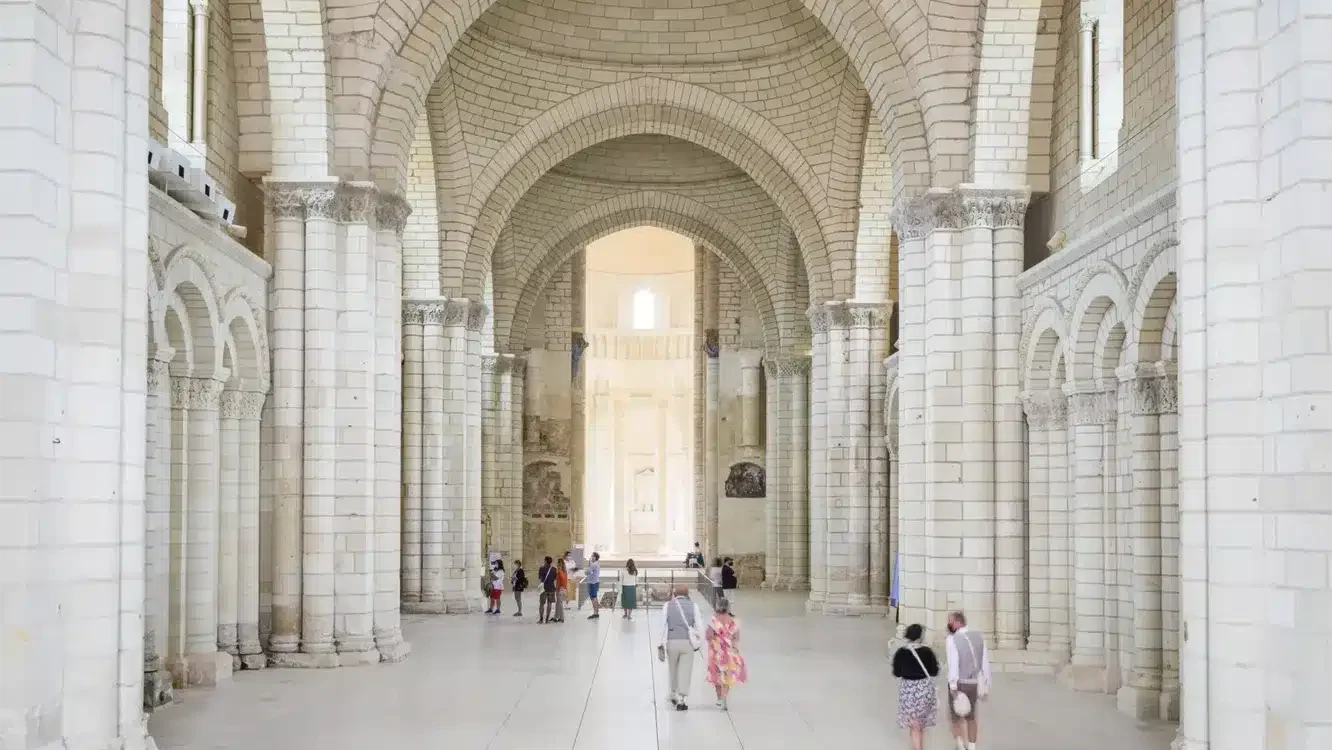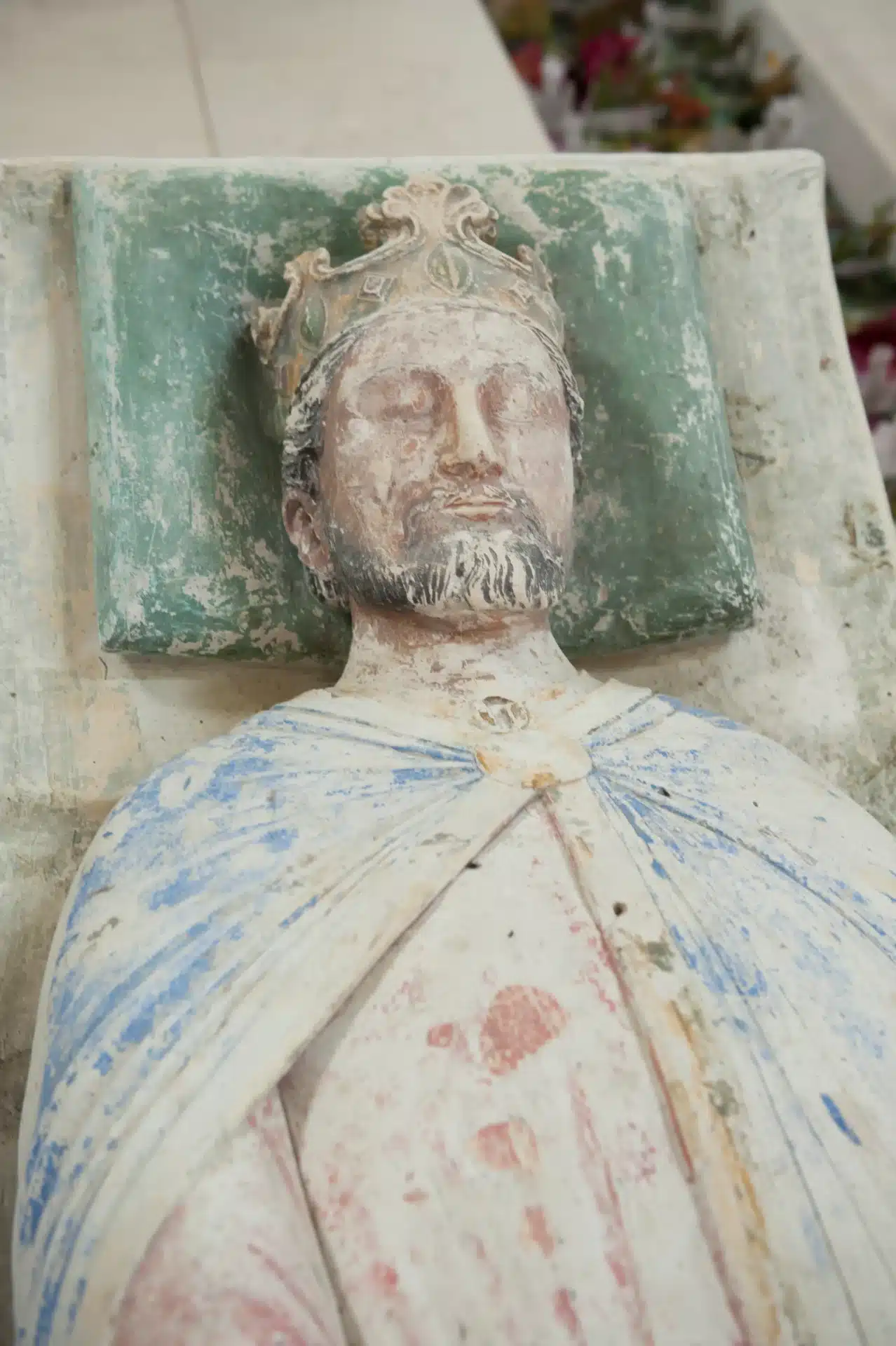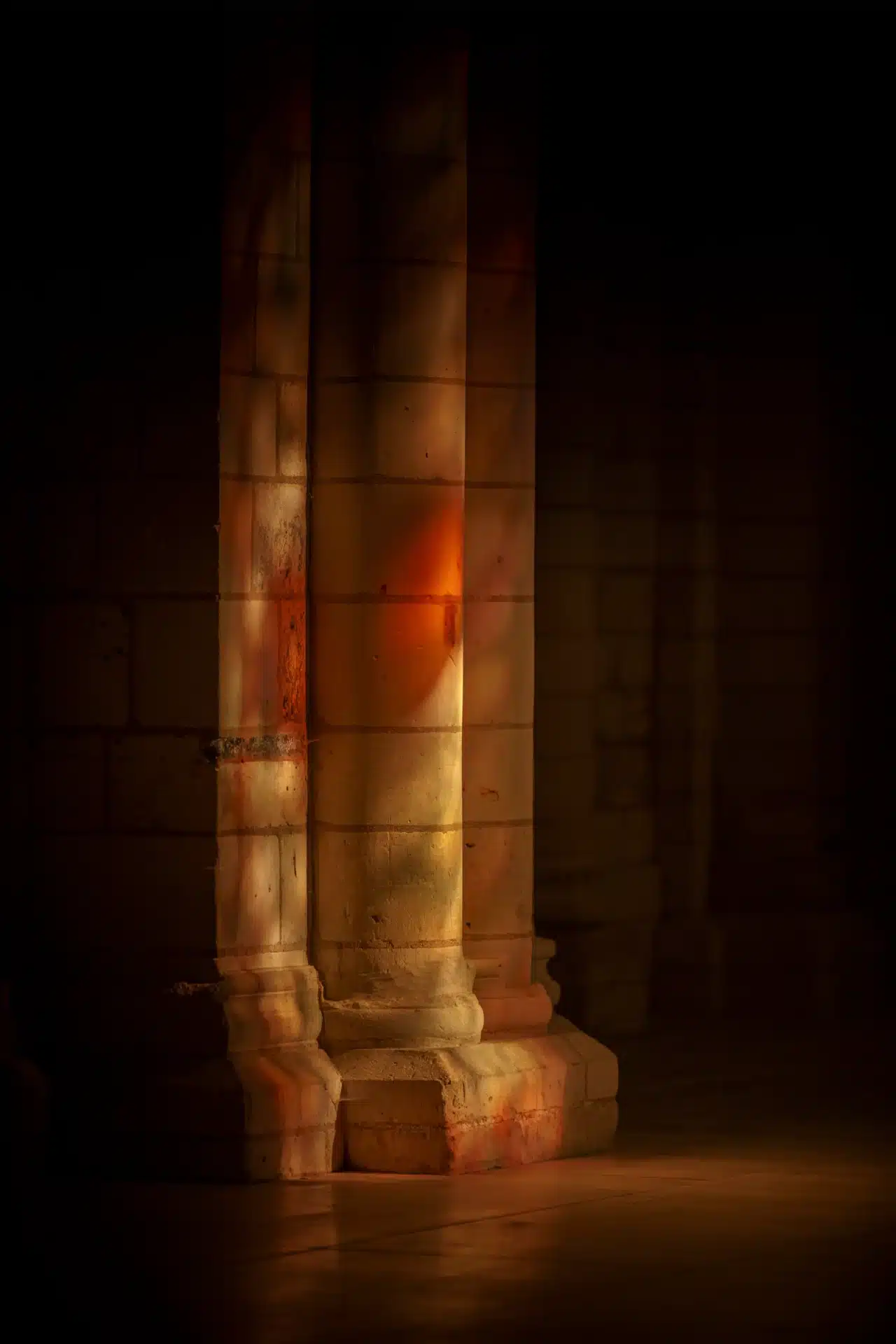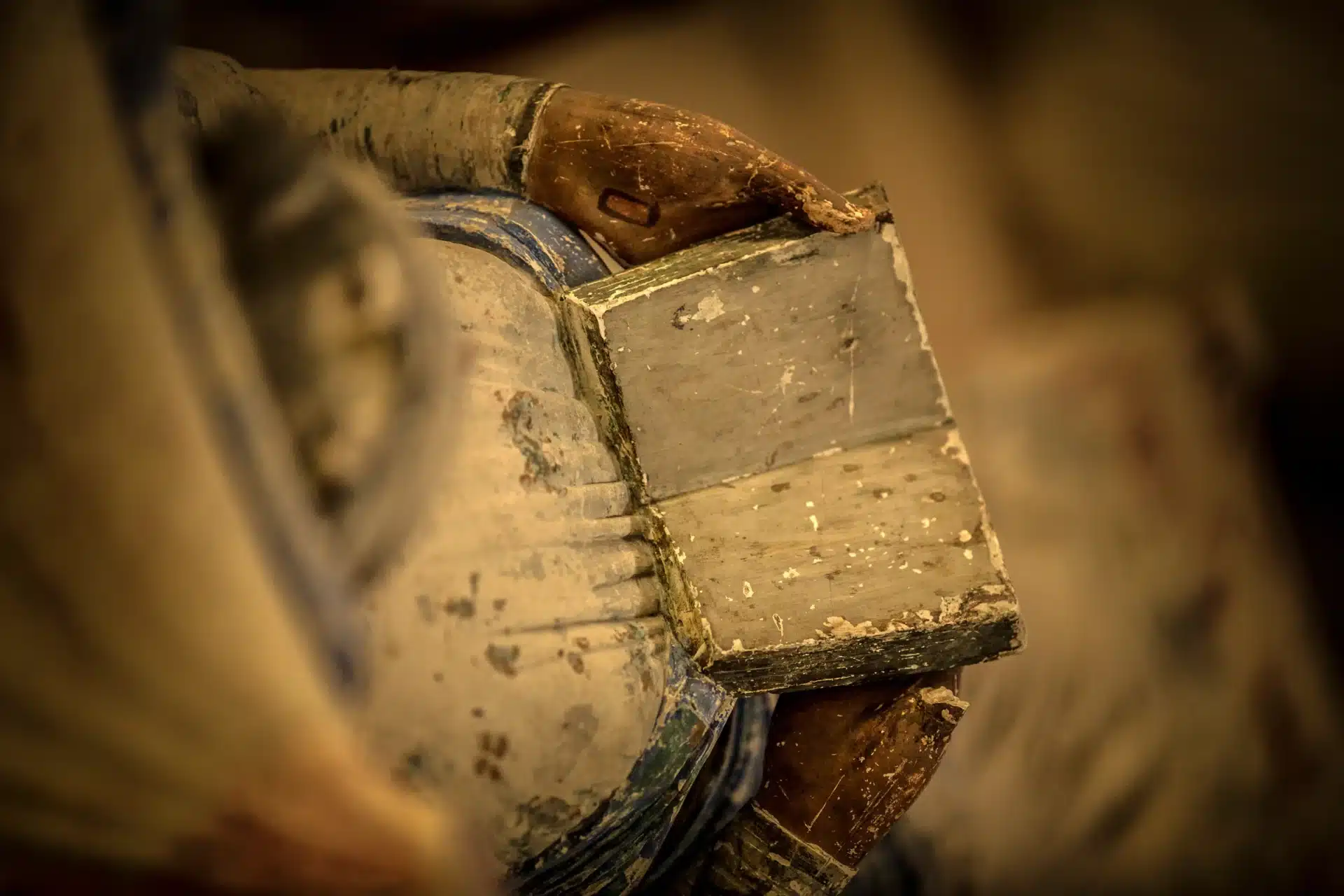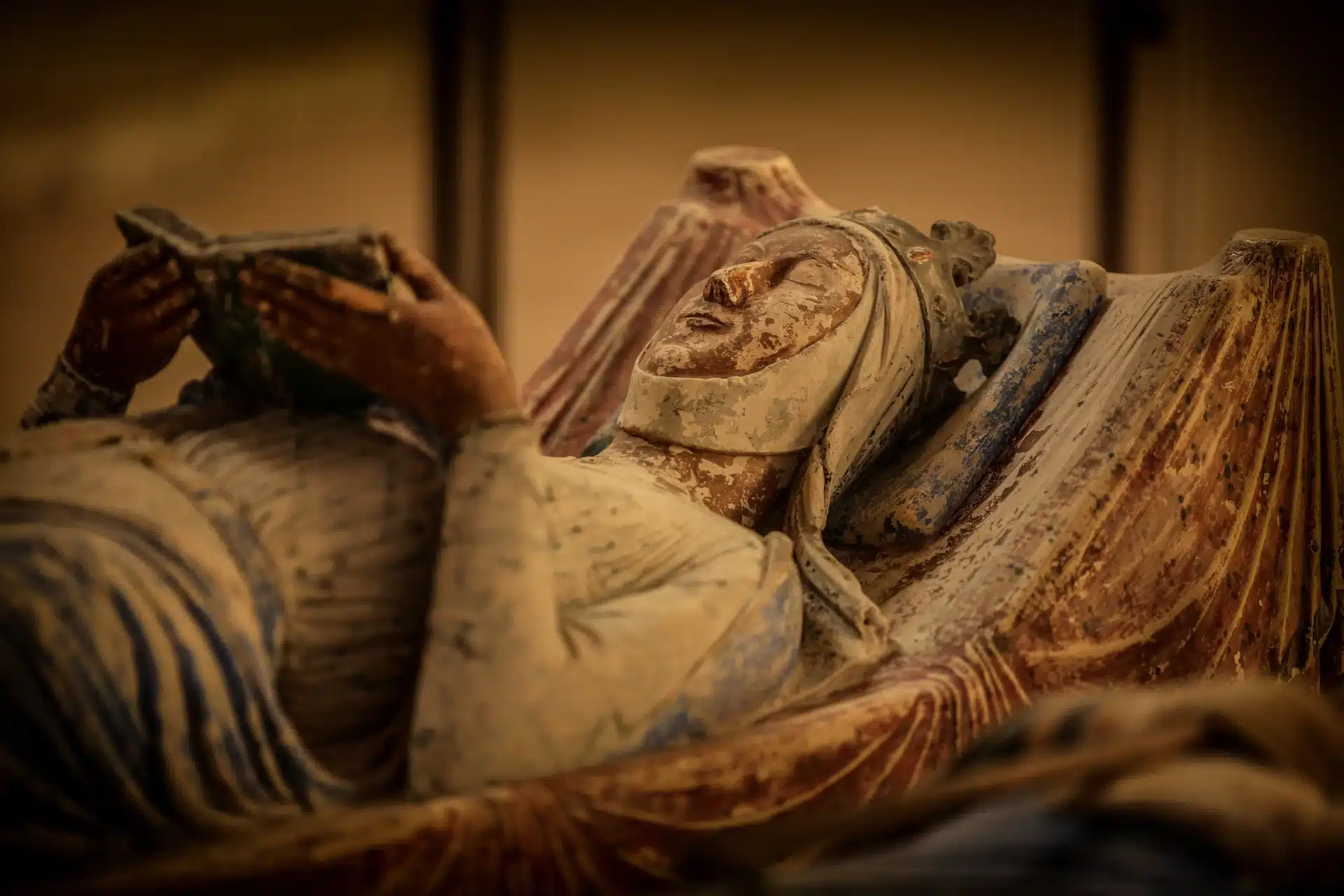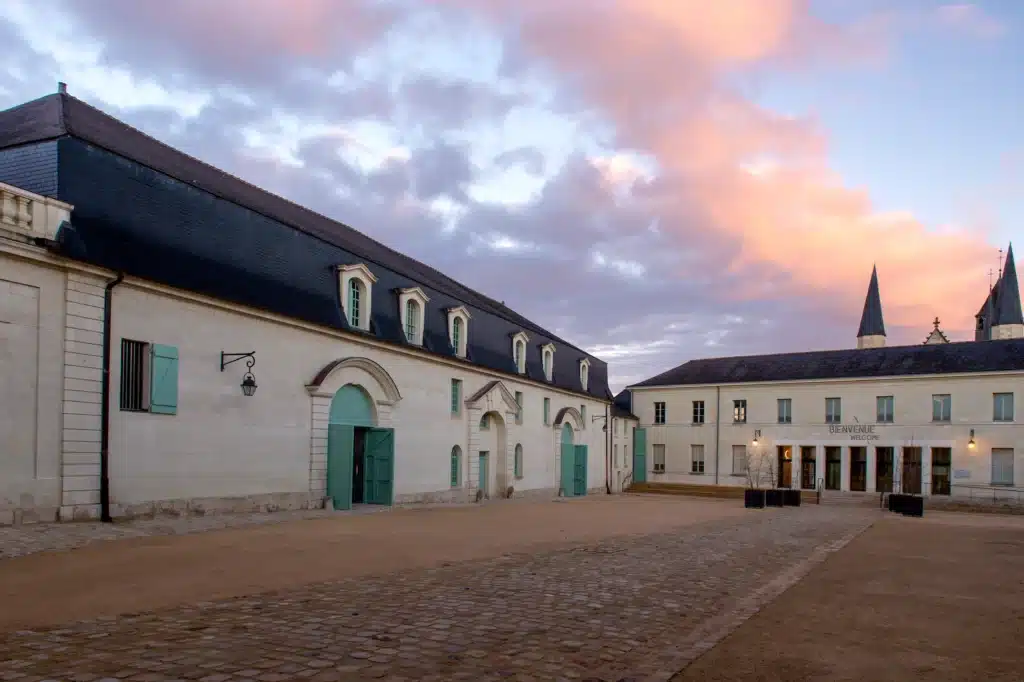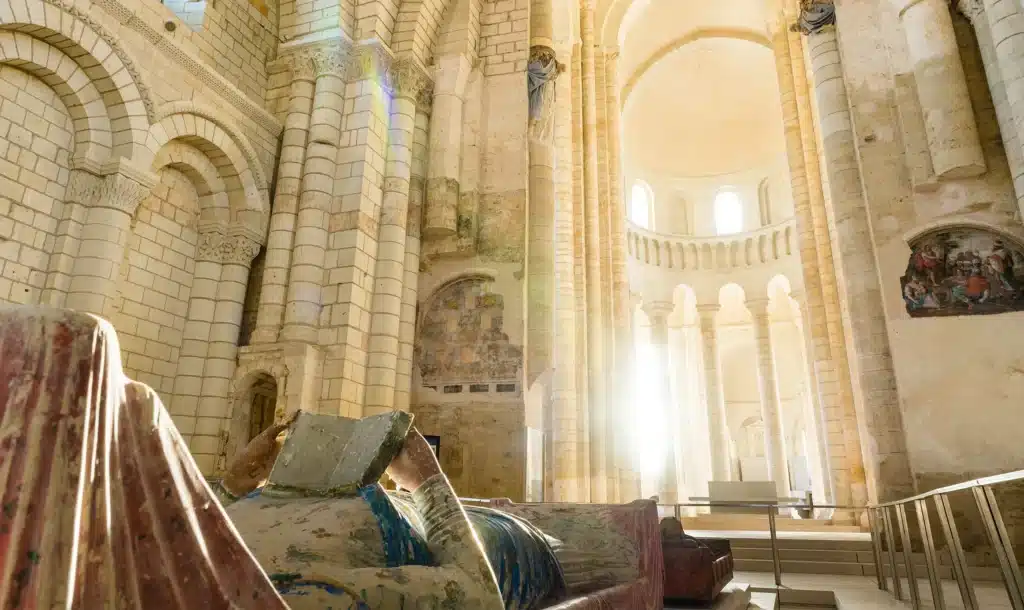History
The tombstones of Fontevraud, the royal necropolis of the Plantagenets
Published on 31 October 2024
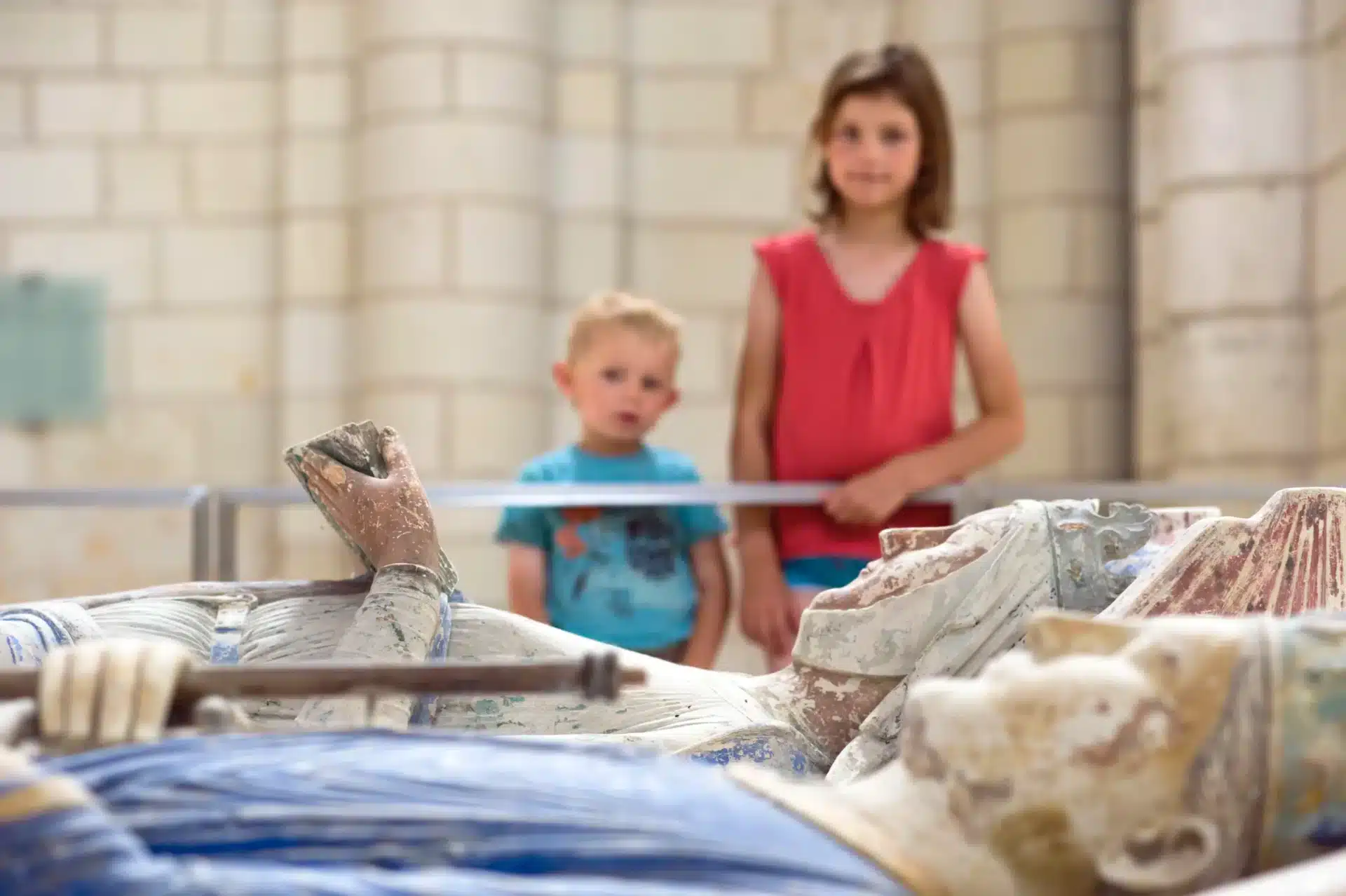
In the Middle Ages, Fontevraud was the necropolis of the Plantagenet dynasty, which ruled England for more than 3 centuries. The recumbent remains of the family of Eleanor of Aquitaine now lie in the abbey church of Grand Moutier, bearing witness to this glorious period in the abbey's history.
Family tensions at the origin of the necropolis
Who are the 4 recumbent figures of the Royal Abbey of Fontevraud?
Today, the recumbents of four figures from the Plantagenet Empire still lie in the abbey church of the Royal Abbey of Fontevraud.
- Eleanor of Aquitaine
- Henry II Plantagenet
- Richard the Lionheart
- Isabella of Angouleme
In the summer of 1189, Henry II Plantagenet suffered from an ulcer. Despite his condition, the king had to prepare a military campaign against the French king Philippe-Auguste and his own son, Richard the Lionheart. His health worsened with the heat, and the sovereign was forced to return to his castle in Chinon. There he learned of the plot by his favourite son, John Lackland.
This news dealt Henry II a fatal blow: he recovered his senses only long enough to confess and died on 6 July 1189 in Chinon.
Given the circumstances, Eleanor of Aquitaine ignored the wishes of the deceased and decided to bury him at Fontevraud. For the Queen, Fontevraud Abbey was to become to the Plantagenets what the Basilica of Saint Denis was to the Capetians: a royal necropolis symbolising the power of the Plantagenet dynasty.
Henry II Plantagenet was the first to be buried in the Royal Abbey of Fontevraud.
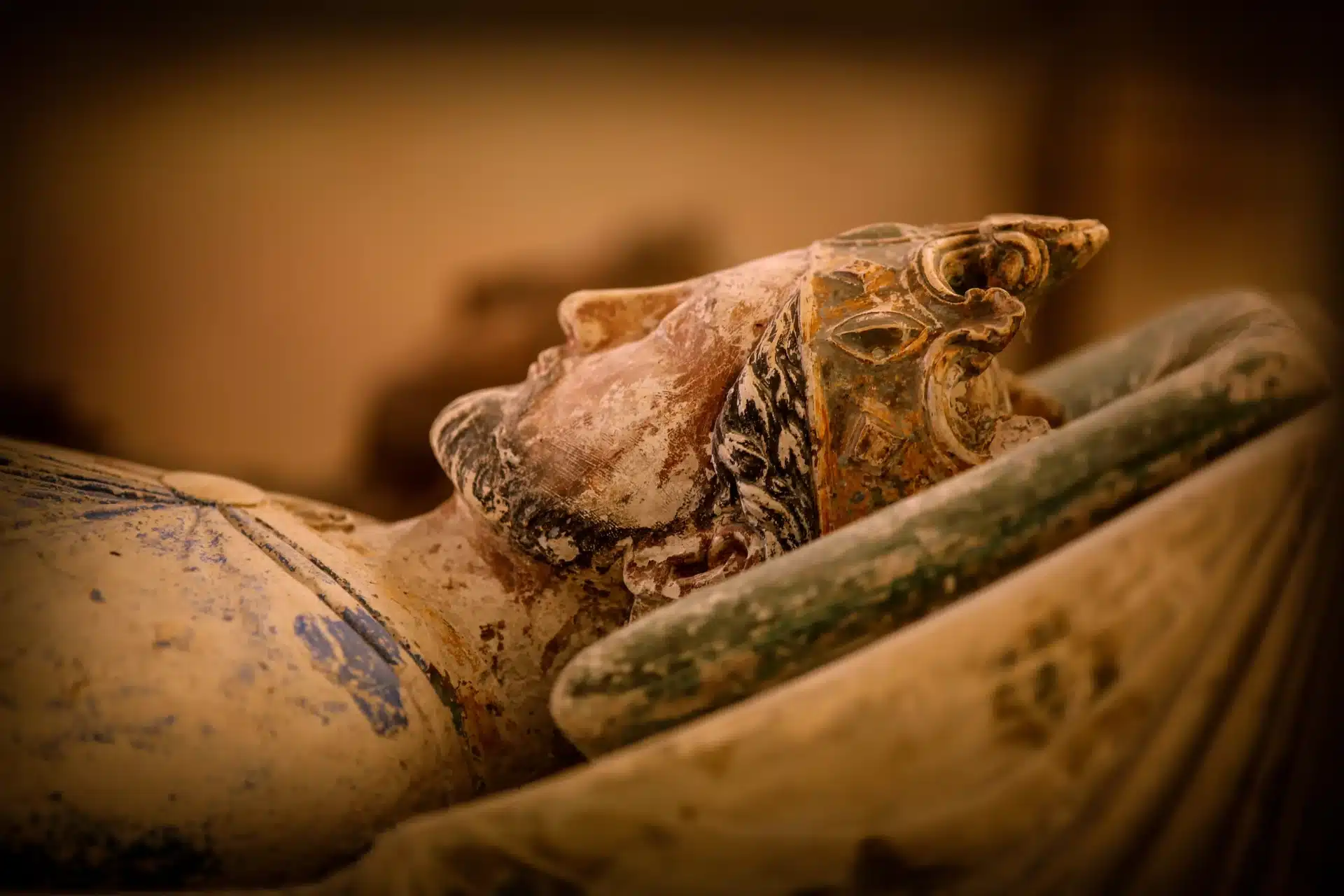

Fontevraud, a strategic position for the Plantagenets
The deceased king wanted to be buried in Grandmont Abbey, in the Limousin region, where he had already begun to prepare the site of his tomb. But the summer of 1189 was exceptionally hot and Grandmont Abbey was far away.
Eleanor, freed from the yoke of her husband, decided to have him buried at Fontevraud Abbey, a place that Henry II also admired. The most convenient solution, Fontevraud is also situated in the heart of the Plantagenet lands, on the border between Poitou and Aquitaine, Eleanor’s native land…
The necropolis of the Plantagenet ‘empire
Like Saint-Denis for the kings of France, the Royal Abbey of Fontevraud was henceforth to house the remains of the Plantagenet dynasty, which reigned over England and western France at the time.
After burying her husband there, Eleanor of Aquitaine also buried her son, Richard the Lionheart, there in 1199. Before her death in 1204, the queen commissioned polychrome tufa stone recumbents for her own tomb and those of Henry II and Richard.
But John Lackland, who succeeded Richard the Lionhearted, was unable to maintain his hold on the territories of France in the face of the conquering policies of Philip Augustus. The Plantagenet Empire retreated to England. Only the remains of Isabelle d’Angoulême, wife of John Lackland, were transferred to this royal necropolis in 1249, alongside those of Eleanor of Aquitaine, Henry II and her husband’s brother.
Where is John Lackland buried?
John Lackland, who died in 1216, was not buried alongside his family at Fontevraud.
The status of dynastic necropolis, which honoured Fontevraud for several decades, was in fact linked to the emergence of the short-lived Plantagenet empire, which took shape following the marriage of Eleanor of Aquitaine and Henry II in 1152. Between them, for around fifty years, they owned a considerably powerful territory, stretching from the southern borders of Scotland to the Pyrenees. At the centre of this ‘empire’ was Fontevraud.
Reputedly a poor ruler, John Lackland occupied the throne of England after the reign of Richard the Lionheart. He was unable to maintain his parents’ vast territory. Faced with the conquering policies of Philippe Auguste, King of France, the Plantagenet Empire retreated to England, and Fontevraud soon lost its status as a royal necropolis.
John Lackland was buried in Worcester Cathedral in England. As for his wife, Isabelle d’Angoulême, she was a nun at Fontevraud at the end of her life: she died within the walls of the abbey, and was therefore buried here*, even though the dynastic tradition had broken down.
* Initially buried in the chapter house, her body was finally moved to the abbey church at the request of her son, King Henry III of England. In return, Henry III of England donated his heart to Fontevraud, while his body rested in Westminster Abbey.
On the same topic
Preparing my visit
Opening times, tours, prices, access… all the information you need to organise your visit.
